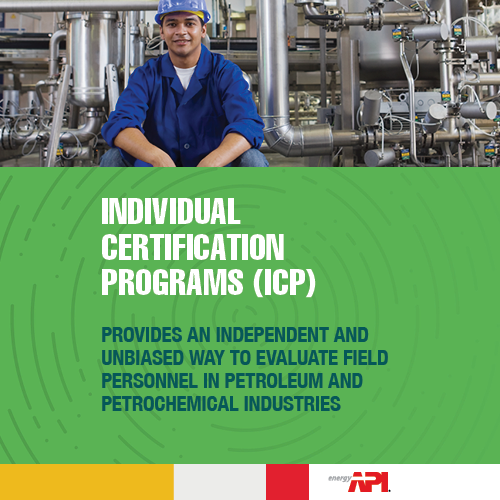Implementation of the QA Process

Source Inspection Project Planning
The Source Inspection Management Program that was created in Step 1 is used as a basis to create a Project Specific Inspection Plan. This plan, which is developed by the inspection coordinator, addresses the following activities:
- An Equipment Risk Assessment should be performed to identify the level of effort needed for source inspection activities on the pertinent materials and/or equipment that is being procured. This risk assessment will prioritize critical equipment as needing more intensive source inspection when compared to less critical equipment. The risk assessments will consider at a minimum the following: The consequence of failure of the equipment while it is in service (how important/critical is this equipment to the process and what happens if a loss of containment occurs), failure mode(s) of the equipment (may key Integrity personnel in on what fabrication steps to ensure we’re watching/verifying…etc), fabrication complexity (materials of construction, geometry, size, thickness, pressure rating…etc), shipment and preservation (how can the equipment be handled and transported and how must it be preserved…).
- A Source Inspection Project Plan is developed and consists of the project details, list of equipment to be inspected, and how the inspection activities will be performed. This plan should use analysis from the Equipment Risk Assessment as a basis to determine the level of inspection effort needed.
- Inspection and Test Plans (ITPs) are developed for each type of equipment to be inspected. ITPs identify all inspection activities to be performed by the Source Inspector for each specific equipment type and risk level. These plans also include equipment-specific acceptance criteria and normally include requirements for sign off by the Source Inspector, Supplier/Vendor, and the Client where necessary.
- The inspection coordinator selects a Source Inspector based on several factors, including the location of the supplier/vendor, the duration of the work, and the inspector’s level of experience, training, and qualification.
- The purchaser and supplier/vendor coordinate on dates for a pre-inspection meeting, key inspection events (factory acceptance, performance testing, and final inspection), and an anticipated shipping date.
















